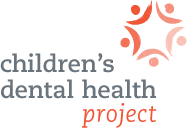Shifting Paradigms in Promoting Oral Health for Young Children
Tooth decay remains the single most prevalent chronic disease of America’s children, affecting 44 percent by age six (Dye et al. 2007). Grantmakers, government, and the professions have long focused energy and resources on getting children into dental care to repair the ravages of this preventable disease and to eliminate associated pain and infection. Yet far too little attention has been committed to the flow of new disease through individual and community-level interventions. The above attached article suggests ways that tooth decay can be reconceptualized as a chronic disease that can be prevented or controlled. It suggests a new paradigm for child oral health promotion that borrows heavily from pediatric medicine to incorporate concepts of risk assessment, individually tailored interventions, and long-term disease management.
